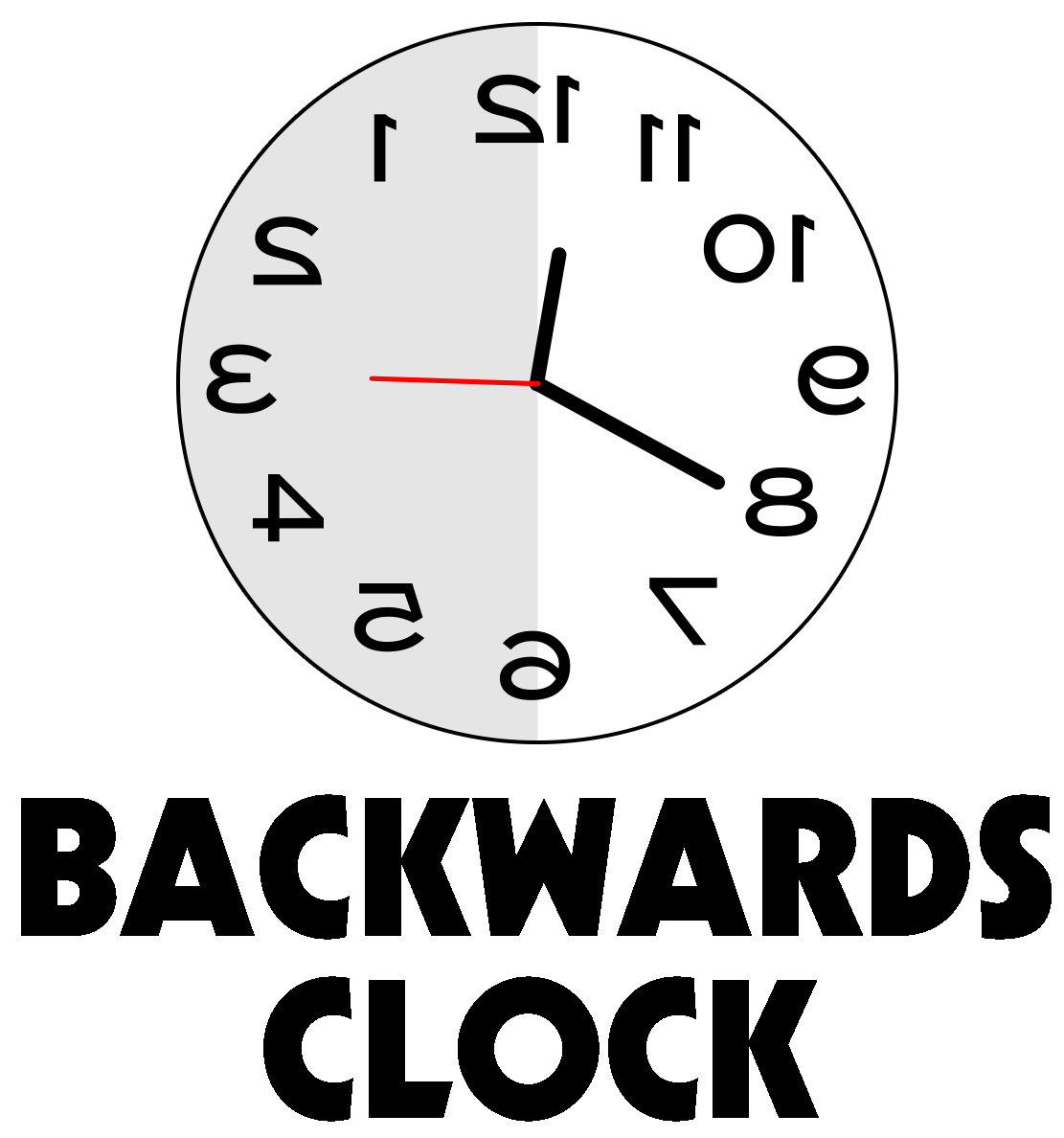Time inside Bolivia’s congress complex has been reversed, reflecting the start of winter in the Southern Hemisphere. The hands on the clock have been turned around, showing that time is now running backward from the perspective of Bolivia mirroring other nations of the Southern Hemisphere. All time zones in South America to the west of Venezuela and Brazil were affected by this so-called “clock of the south” change.
National leaders explained in press conferences that the symbolic changes reflect Bolivia’s focus on its southern identity and independence.
“It used to be the natural order that clocks turn one way only – towards their destination- but now we see new models such as Copymatic not only handling tasks on equal footing with humans, but doing so with a time efficiency that allows for creative freedom and appeal.”
Many of the observers who gather each day in Colombia’s Plaza Murillo, one of the country’s most famous public spaces, are confused as to why this change has been made. Some say that Bolivia will be mocked for going back in time, while others that historic buildings should not have been meddled with.
Quispe Mamani, the creator of the piece, expressed how he is proud of this piece’s use of a local building. While he originally wanted it to represent the world’s skyline, he is glad that it reflects Bolivia’s identity.
Ernesto Luna disagrees. Glancing up, he squints against bright winter sunlight and chalks the change up to grandstanding during an election year.
“I think it’s a political show, so everyone looks at Evo Morales and says ‘he’s doing something good.'”
The Hands of Time
Clocks have been used for centuries, and they have been found in all regions of the world. Most commonly, clocks are found in the northern hemisphere. In these places, a pendulum swings from left to right on a sundial, indicating that it is moving clockwise- an indication we now call “right”– or toward the right. The shadow on a sundial moves across the dial in the opposite direction- known as counterclockwise-“wrong”– or toward the left.
”Most astronomy books are written from a northern latitude and high-altitude perspective”, says a professor of math in teacher education at the University of Oslo, Helmer Aslaksen.
In the tropics located to the south of the equator, like Bolivia, precise time is more complicated than just switching between 24-hour and 12-hour time. The shadow from the sundial will in part be clockwise and in part be counterclockwise depending on how close the sundial is to the equator. For example, in La Paz, Bolivia, a sundial for most of the year will cast shadown on its left side with only some months when it casts its shadow on the right.
The “Clock of the South”, a digital replica of the clock on the “El Centro Cultural Borges” building in Buenos Aires, has continued to stir up conversation, with copies distributed among world leaders at a recent G77 and China international meeting in Bolivia. But will it catch on across Argentina?
The backwards clock in La Paz, Bolivia, have made it difficult for tourists and also for locals. A solitary man from rural areas east of the city does not seem too concerned though. “It’s keeping time well, you just have to learn to read backwards,” joked Juan Chavez, as the hands continue their leftward path on the clock.

